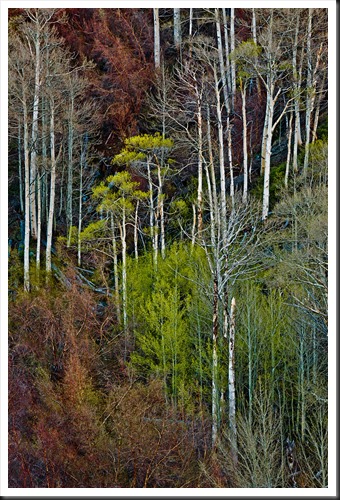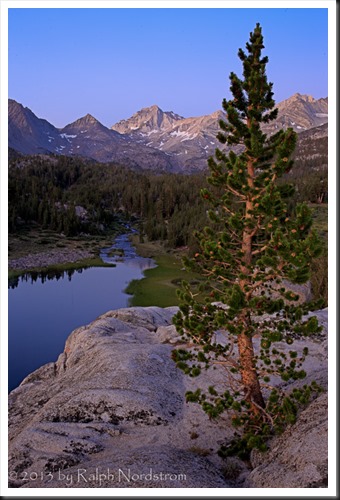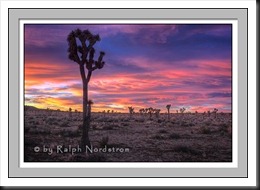When you get up early and leave at 4:30 in the morning for a sunrise shoot there are no guarantees. You pick a location that has potential and, by getting out so early, you up the potential for great light. It might, and then it might not happen. But you’re out there anyway.
When you arrive, the desert is still dark. You stand by your car, talking quietly with friends, sipping hot coffee and watching the emerging light on the eastern horizon. There is a sense of eagerness balanced with patience. Often, however, just being there is its own reward and coming home with a keeper is icing on the cake.
The earth brightens quickly this time of day and soon you grab your gear and head out into the desert. For me, just wandering and not looking for anything in particular is the best approach.
I prefer to let images come to me rather than hunting them down. When something I see stops me in my tracks, these turn out to be the best photographs. It’s not because I’m searching for leading lines or applying the rule of thirds or any other of the many ‘rules’ of composition. I don’t like to think when I’m photographing; I prefer to become quiet and simply experience. And when I’m in that state of mind I stop in my tracks because it just feels right. And the stop is usually followed closely by an utterance of surprise and joy – “Oh Wow!”.
Such was the case with “Sheep Pass Morning.” The morning shoot was winding down, meaning the sunrise had come and gone and the wonderful golden hour light was quickly fading. I wandered aimlessly and “Boom,” there it was. I was excited. This just felt right. And yes, I did say, “Oh wow!”
I set up my camera and composed the shot. I was conscious of the cluster of rocks in the lower right corner and their relationship with the Joshua trees on the right edge. I was conscious of outcrop of rocks on the left, the mountain range in the background (Queen Mountain) and the clouds. All these elements were in my mind but mostly I was seeking balance and harmony. During that time, distant Queen mountain into shadow so I waited for the light to came back, cheering it along. Then the moment came and I tripped the shutter.
Continue reading “Making a Photograph – Sheep Pass Morning (2016)”
(150)



